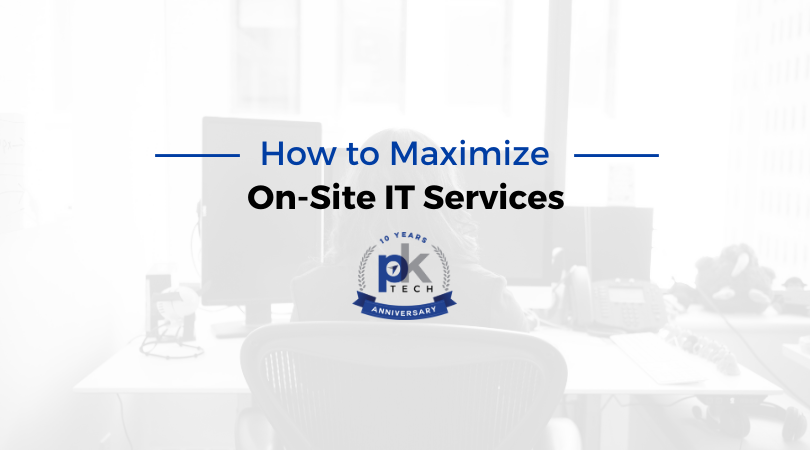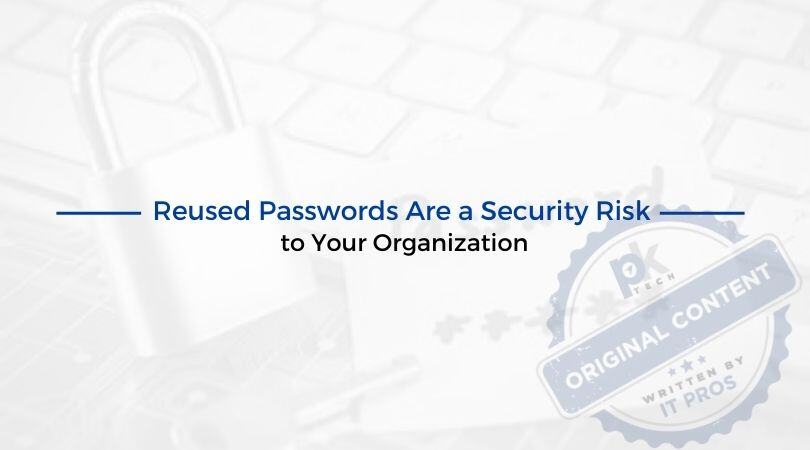The Best Managed IT Services for Your Phoenix Business
“Best” is a relative term. What your business may require for managed IT services depends on various criteria, from organization size to industry and...

Looking to get the best on-site service out of an IT company? Frustrated with past experiences and looking for a better experience moving forward? This two part blog series is for you.
Let’s start with our first blog in this series: How to Get the Best Service Out of an IT Help Desk.
There are 3 key steps in the process of getting the best service out of On-site IT Services. If your business is looking to maximize the benefits of using On-site IT, this blog breaks it down for you!
There are typically two types of on-site services: pre-scheduled and unscheduled.
The majority of on-site service calls will be pre-scheduled On-site Service. These are scheduled in advance and give the IT Company a predictable schedule. A savvy IT Company will schedule several on-site visits back to back in a particular geographical area in order to maximize resource utilization.
Examples of pre-scheduled service:
Unscheduled visits are unpredictable, however, they are often the most important and valuable to the client as they are often correlated with downtime and loss of productivity. The IT Company will often have to interrupt IT staff or move around pre-scheduled on-site service in order to address a more critical on-site service need.
Examples of unscheduled visits:
What if your staff is very busy and they don’t have time to submit the ticket?
You have three options:
Getting the best service out of an IT On-site Service requires preparation on the part of the business. This helps maximize the productivity and investment of partnering with an outside IT Company. If you have questions about IT Support and Services, or would like meet with us to discuss your needs, please contact PK Tech by clicking here.

“Best” is a relative term. What your business may require for managed IT services depends on various criteria, from organization size to industry and...

Every business runs into IT issues. As you consider your budget heading into 2023, it can be helpful to evaluate the IT issues you experience...

Some people in life will have to learn by experience, and for some, even experience doesn’t teach the necessary lessons. Unfortunately we see this...